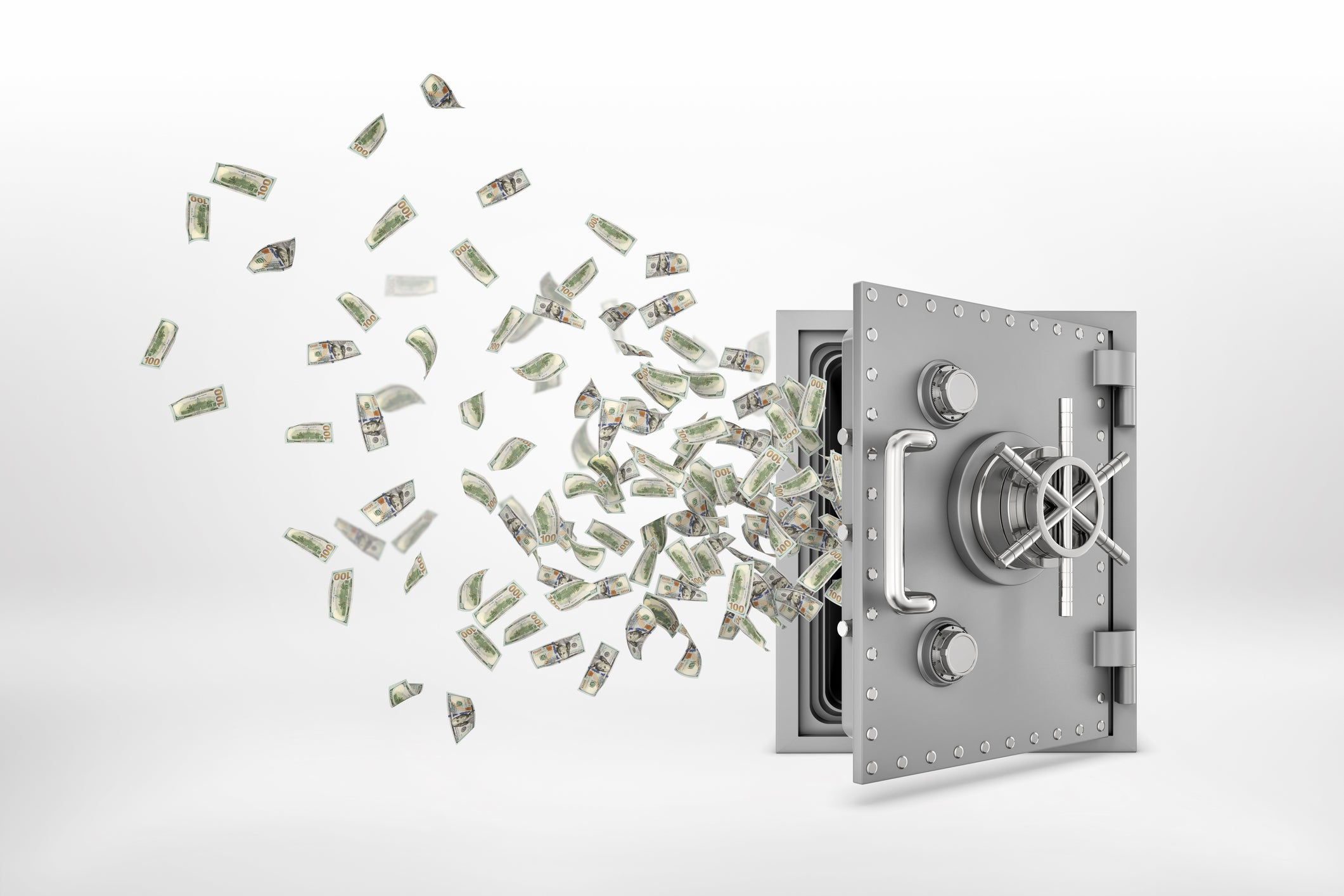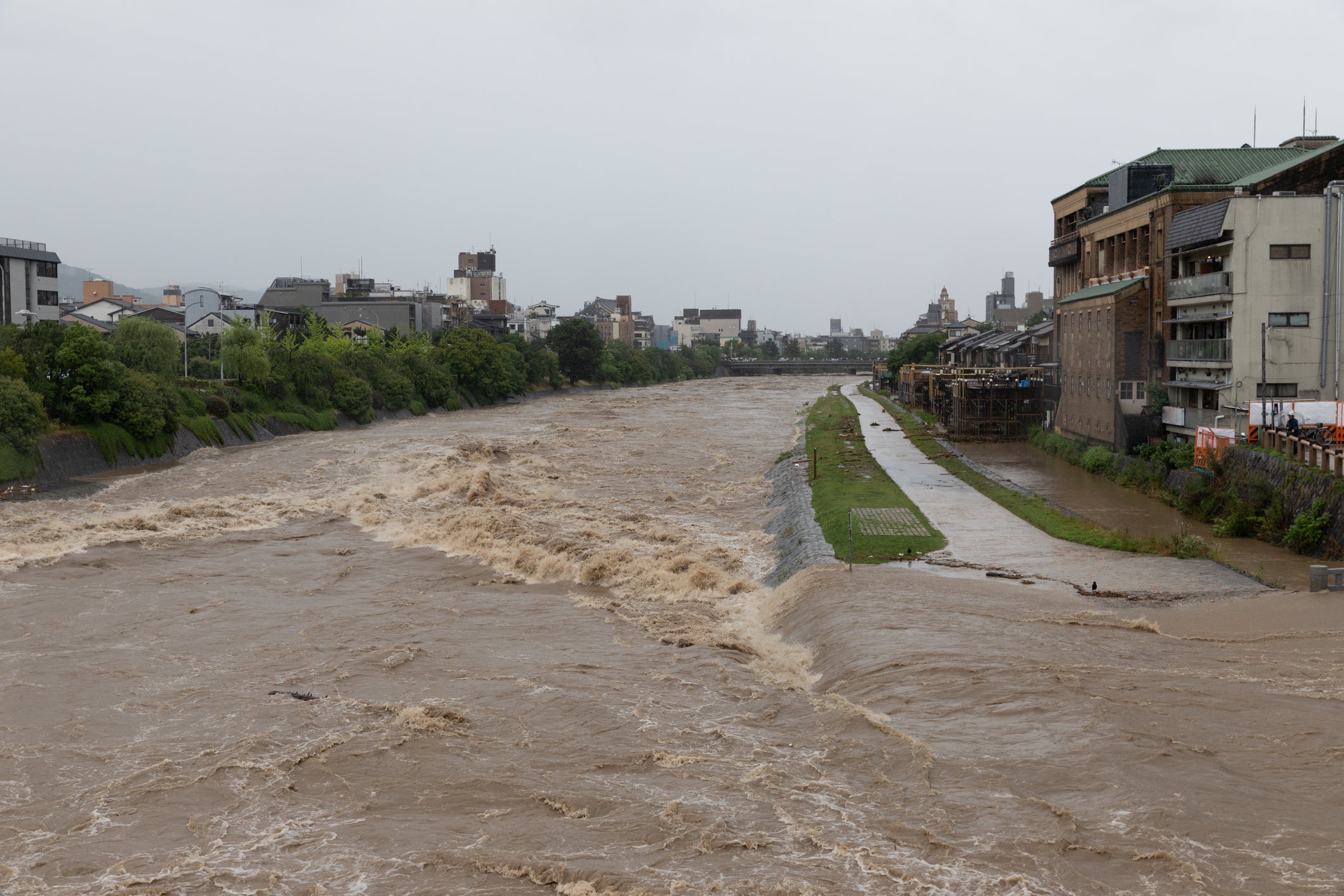[2023 edition] 6 recommended disaster prevention goods Points to choose disaster prevention goods part 1
table of contents
Introduction
1.Emergency food
2. Drinking water
3. Portable radio
4 . self care kit
5 . LED lantern
6 . battery pack
summary
Introduction
To prepare for natural disasters and emergencies, it is very important to have the right emergency supplies. In this article, based on the latest information in 2023 , we will introduce recommended disaster prevention goods that will be useful in an emergency. We will also introduce how to choose each item. These items are all necessary for a safe evacuation life, so please refer to them.
1.Emergency food
point to choose
Tastes that you and your family like, delicious emergency food Consideration for allergies and personal circumstances Easy to cook Easy to dispose of garbage Long expiration date
Natural disasters and emergencies can disrupt transportation and logistics and disrupt food supplies. Supermarkets and convenience stores may also close. Under such circumstances, food instability can be addressed by preparing emergency food that can be stored for a long time.
1-1 Continuation of evacuation life
Evacuation shelters often limit the provision of meals. If you have emergency food that can be stored for a long time, you can eat in a self-sufficient way and continue your evacuation life.
1-2 long-term stockpiles
Emergency food has a limited shelf life, so choosing emergency food that can be stored for a long time will make it easier to manage your stockpile. By regularly rotating emergency food, you can ensure that you always have fresh food.
2. Drinking water
Unlike general mineral water, disaster drinking water can be stored for a longer period of time than usual because it undergoes thorough sterilization. The storage period varies depending on the product, but it can be 5 years, 10 years, or 15 years in some cases. Basically, the longer the expiration date, the higher the price, so consider the cost and balance when choosing.
2-1Choose a product rich in minerals
When purchasing disaster drinking water that you want to prepare for in the event of a disaster, it is also recommended to choose a product rich in mineral ingredients. Even in the event of a disaster, when food is likely to be in short supply, if the water itself has a high nutritional value, you can maintain your body's balance without having to eat a little. Water that contains a good balance of minerals such as sodium, calcium, magnesium, and potassium can serve as a good source of minerals. The content of minerals varies depending on the product, so be sure to read the nutritional information label for each stored water.
2-2 Use properly depending on capacity and hardness
Generally, it is said that an adult needs about 3 liters of water per day . Therefore, if you stockpile water for a week, you will need about 21 liters of water per person ( 3 liters x 7 days). Let's think in advance which capacity PET bottle should be used to store this large amount of water of 21 liters. The 2- liter bottle is cheaper per capacity, but it is not suitable for drinking or carrying around due to its weight. The 500ml bottle, on the other hand, is relatively expensive per volume, but its light weight makes it easy to drink with one hand. It's hygienic because it's a size that can be consumed by one person. If you don't care so much about cost, we recommend the 500ml bottle, which is light and easy to handle. Conversely, if you want to keep costs down, try using both 2 liter bottles and 500 ml bottles.
3. Portable radio
3-1 Power supply type
Portable radios come in a variety of power sources, including battery-powered, rechargeable, and solar panels. Since the power supply may be cut off in the event of a disaster, make sure you have a backup power source and whether it will last for a long time.
3-2 receivable frequency band
Portable radios are generally capable of receiving both AM (medium wave) and FM (very short wave) frequency bands. In the event of a disaster, information may be transmitted in different frequency bands, so it is a good idea to choose a radio that can receive both bands.
3-3 interface and ease of use
Radio interface and operability are also important. Simple and easy-to-use button layout and operation are required. In addition, a clear display and backlight function make information easier to read even in dark places.
3-4 Durability and waterproofness
Portable radios are suitable for use in times of disaster or outdoors, so durability and waterproofness are required. Impact resistance and dust resistance are also important factors. Choose one with a sturdy design.
3-5 Energy efficiency and power saving
It is important for portable radios to use power efficiently. Having an energy saving mode and an auto power off feature can help extend battery life.
4 . self care kit
4-1 Preparing Necessities
It's important that your self-care kit includes basic essentials. This includes first aid supplies such as plasters, disinfectants, bandages, gauze, medical gloves, scissors, and tweezers. Also, consider including specific medicines and prescription drugs to meet your individual needs.
4-2 Necessary medical equipment
It is also important to include specific medical supplies in your self-care kit, depending on your individual medical needs. For example, appropriate self-care is possible by preparing tools according to specific diseases and situations, such as blood pressure monitors, diabetes test kits, and inhalers.
4-3 personal hygiene products
During a disaster, sanitary conditions may deteriorate. It's also important to include personal hygiene items such as soap, toilet paper, and wet wipes in your self-care kit. It is necessary to maintain cleanliness and minimize the risk of infection.
4-4 Long - term storage stability
Self-care kits may not be used for a long time, so it is important to choose one that can be stored for a long time. Pay particular attention to expiration dates and storage methods when preparing pharmaceuticals and prescription drugs.
4-5 Compact and easy to carry
Self-care kits should be portable and compact in design. Choose kits that can be stored in a portable case or bag so that you can easily carry them with you in the event of a disaster.
5 . LED lantern
5-1 brightness and range
The brightness of the LED lantern is directly related to the irradiation range and lighting effect. Check the brightness level and coverage of the lantern to choose one that can provide the lighting you need. With variable brightness settings and dimming capabilities, you can adjust the brightness to suit your usage.
5-2 power supply and duration
LED lanterns come in a variety of power options, including dry cell batteries, rechargeable batteries, and solar panels. Choose a lantern with a long-lasting power supply, as the power supply may be cut off in the event of a disaster. It is also important to check the charge time and run time of the battery.
5-3 Durability and waterproofness
Durability and waterproofness are required because the situation can be severe in the event of a disaster. Choose a lantern with a rugged, impact-resistant design and waterproof features to withstand long-term use and outdoor use.
5-4 portability
In the event of a disaster, it may be necessary to move or evacuate, so it is important to choose a lightweight and compact lantern that is easy to carry. Collapsible types and small models are convenient to carry and store.
6 . battery pack
6-1 capacity
Battery pack capacity indicates the amount of power that can be charged. The higher the capacity, the more devices you can charge. When choosing, consider the amount of power required to charge the devices you need, and choose one with sufficient capacity.
6-2 input / output ports
The battery pack has multiple input/output ports. USB ports, AC output ports for charging devices, and charging ports for charging the battery pack itself are common. Check the number and type of ports you need and choose the one with the right ports for the devices you want to charge.
6-3 Rapid charging technology
A battery pack with fast charging technology can charge your device more quickly. Especially in times of disaster, time can be critical, so make sure you have a quick charge function.
6-4 Safety features
Battery packs handle power, so safety is important. Check for safety features to prevent risks such as overcharging, over-discharging, and short circuits. For example, it is safe to have functions such as overcurrent protection, overheating protection, and short circuit prevention.
6-5 Durability and portability
Durability is required because the situation can be severe in the event of a disaster. The battery pack has a rugged design, and it is important to choose one that is shock and dust resistant. Also consider portability, such as a lightweight design that is easy to carry and a convenient handle.
6-6 High quality products
Battery packs are products that require reliability. By choosing products from highly reliable manufacturers and products with a good reputation, you can use them with confidence in terms of quality and durability.
summary
In the event of a disaster, it is important to prepare items that will be useful in an emergency.
For emergency food, it is important to choose food that is nutritionally balanced and can be stored for a long time. Choose calorie-rich and nutritious emergency food, and pay attention to the expiration date and storage method. Stockpiling water is also important. Make sure you have enough water for drinking and daily use. Consider using an emergency water storage container or water filter. When choosing a portable radio, we recommend choosing an AM/FM radio as well as a disaster prevention radio that can receive weather forecasts. Choose battery-powered, solar-charged, or crank-powered, and pay attention to durability and portability. Self-care kits include first aid supplies, personal hygiene products, medications, and more. Customize it to suit your personal needs and prepare the items you need. Also, check and update regularly to keep the content up-to-date. In the event of a disaster, choose an LED lantern with a wide brightness and range. Consider durability, waterproofness, energy efficiency, and portability. When choosing a battery pack, consider capacity, input/output ports, fast charging technology, safety features, durability, portability, and quality. Choose a reliable manufacturer and prepare a reliable battery pack.
When choosing emergency food, water, radios, self-care kits, lanterns, and battery packs to prepare for a disaster, consider the features and functions of each item, your personal needs, and your emergency use. If you are prepared, you will be better prepared when a disaster strikes, and you will be able to respond with peace of mind.








